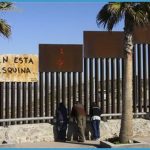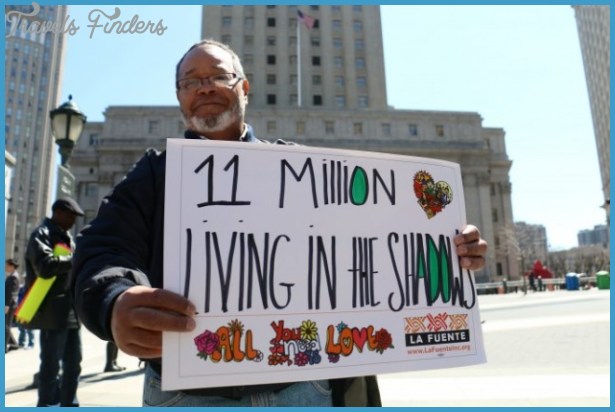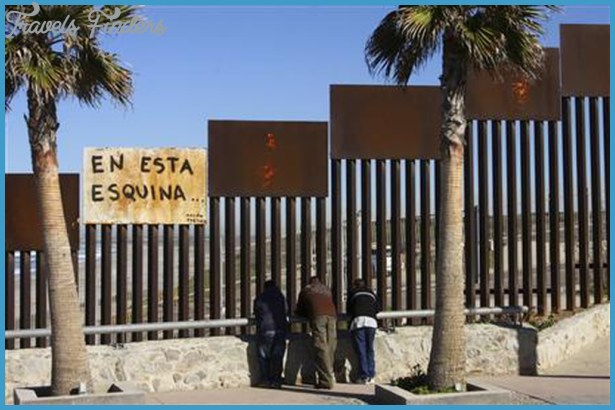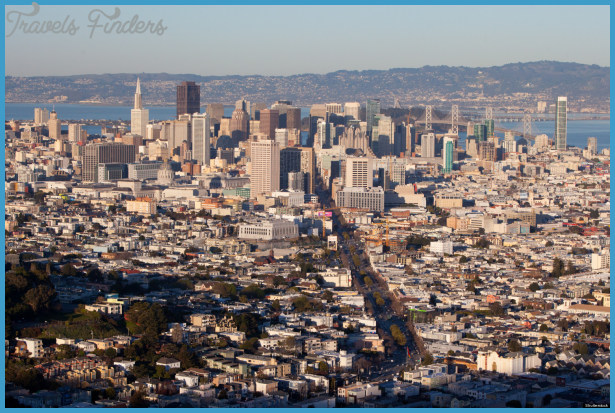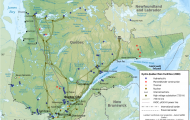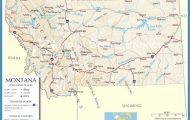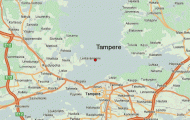The 1986 Immigration Reform and Control Act (IRCA) facilitated the legal movement of Mexicans to the United States and gave legal status to many who had arrived illegally. However, the combination of push and pull factors continued to swell the ranks of undocumented workers in Las Vegas. At the beginning of the new millennium Nevada was the home to approximately 55,000 undocumented Latino migrants.
One reason Nevada has become a destination for undocumented Mexican and Central American workers is actually the result of attempts by the Immigration and Naturalization Service (which today is part of the Department of Homeland Security’s Immigration and Customs Enforcement Section, or ICE) to restrict border crossing in Texas and California. Undocumented workers are responsive to U.S. Border Patrol tactics. From 1999 to the mid-2000s, when U.S. authorities tightened border crossing points in California and Texas, undocumented workers headed for Las Vegas in growing numbers. The Border Patrol’s increased presence in El Centro and San Diego, California, and El Paso, Texas, forced undocumented workers into the blisteringly hot Arizona desert, then up through Nevada’s equally sweltering landscape.
Many undocumented workers settled in Las Vegas because they are aware that chances of being apprehended and sent back are fewer there than in larger metropolitan areas such as Phoenix, Arizona, or Los Angeles, California. Nearly 10 percent of Nevada’s workers are undocumented the second-highest percentage of undocumented workers in the United States. In 2004 approximately 105,000 workers in Nevada were undocumented. Undocumented Latino workers will continue to flock to Nevada because businesses there need a cheap source of labor that can be exploited by withholding benefits and paying low wages. To Nevada’s commercial and industrial enterprises they are a convenient necessity: they are the ideal workers because they keep a low profile and do not complain.


